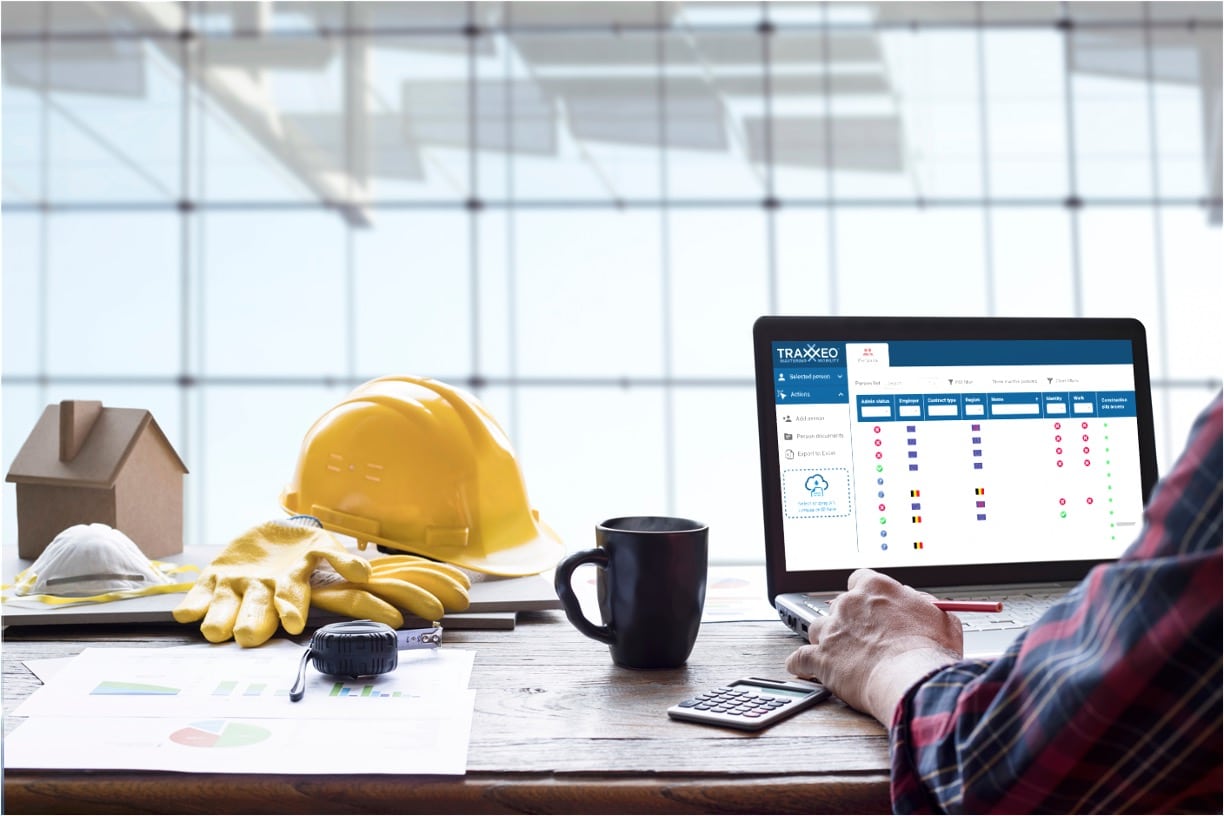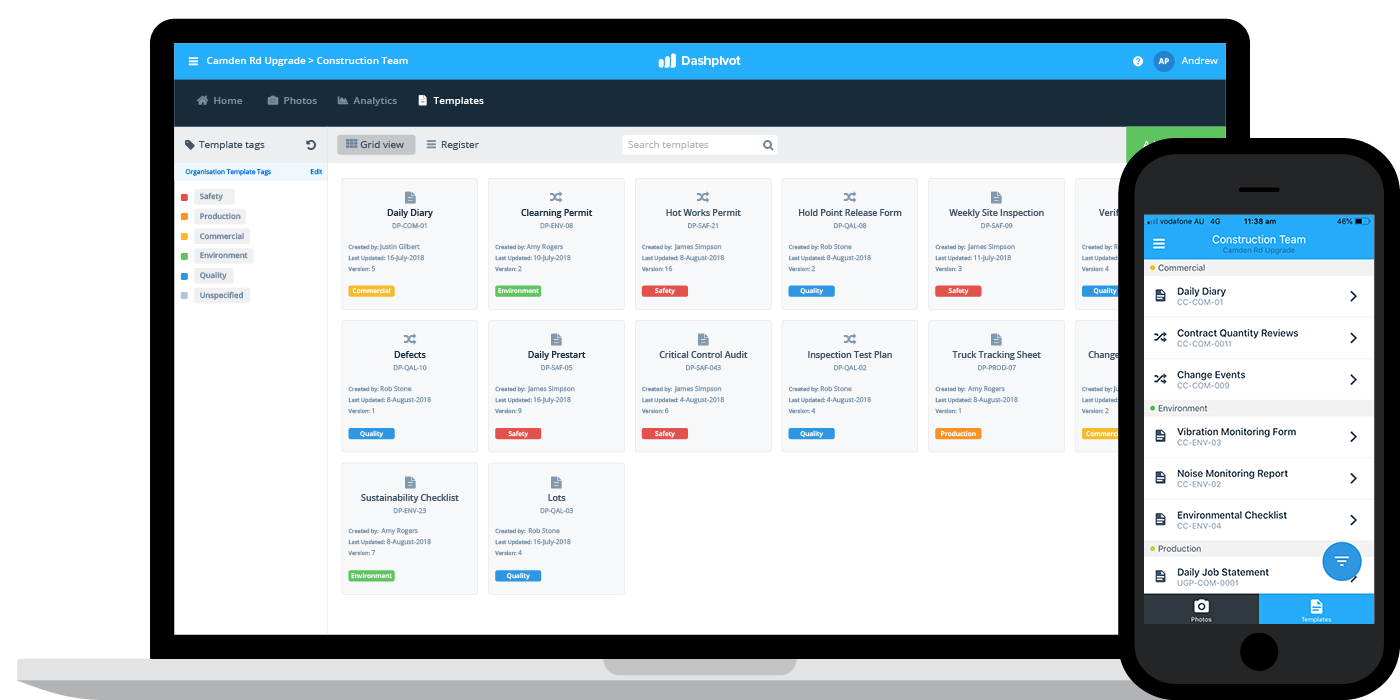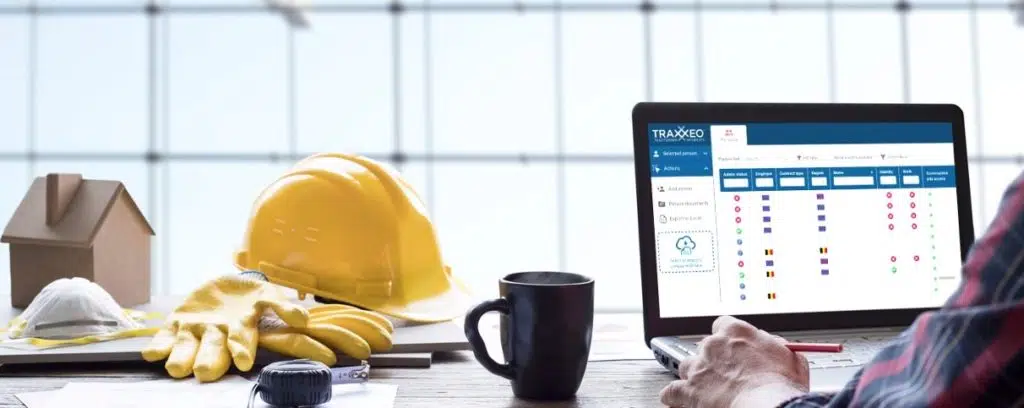From Disorder to Control: Using the Prospective of Construction Document Management
From Disorder to Control: Using the Prospective of Construction Document Management
Blog Article
Designer's Guide to Streamlining Building Paper Administration for Efficient Job Execution
The process of arranging, sharing, and maintaining these files can usually come to be a maze of inadequacies and obstacles if not managed thoroughly. By checking out organized strategies, cutting-edge devices, and sector ideal techniques, architects can not only enhance their file administration processes yet additionally pave the way for much more reliable job execution.
Significance of Reliable Paper Management
Effective record administration is vital for engineers in the building market as it plays an essential duty in guaranteeing the effective execution of projects. Correct organization and management of these documents are vital to preserve project timelines, make sure compliance with regulations, and facilitate efficient interaction among project stakeholders.

Reliable document monitoring makes it possible for engineers to access critical details promptly, track task development properly, and minimize threats related to errors or omissions. By applying streamlined record monitoring processes, architects can boost cooperation with customers, specialists, and other staff member, bring about enhanced job results and client fulfillment.
Moreover, efficient paper management helps engineers keep a thorough task history, allowing them to take advantage of past lessons and experiences discovered for future projects. In today's busy building industry, where prompt decision-making and info sharing are paramount, efficient file monitoring is a foundation for success.
Strategies for Improving Record Organization
Effective record administration practices not just ensure job success for designers in the building and construction market yet likewise lay the foundation for carrying out strategies for simplifying paper organization. To enhance file company efficiently, engineers need to first develop a clear identifying convention for data and folders. Uniformity in naming documents based upon project stages, document kinds, and relevant information will facilitate easy retrieval and minimize confusion.
Making use of cloud-based storage services can additionally enhance paper company by supplying a central area for all project-related files - construction document management. This enables employee to access one of the most updated records from anywhere, promoting collaboration and performance. Carrying out version control systems better refines record company by tracking modifications, preventing contrasting edits, and making certain that the most recent variations are constantly available
Furthermore, creating a rational folder framework with designated subfolders for various record groups, such as illustrations, requirements, and agreements, can streamline document administration processes. Routinely evaluating and purging redundant or outdated files will assist preserve a lean and orderly file repository, inevitably enhancing efficiency and project end results.
Leveraging Innovation Equipment for Cooperation
In the realm of contemporary style, architects are increasingly depending on advanced modern technology tools to cultivate smooth partnership amongst job stakeholders. Cloud-based systems such as BIM 360 and Procore allow real-time access to job documents, making it possible for clients, designers, and specialists to team up properly regardless of their physical location.
Digital design and building (VDC) software application like Revit and AutoCAD Architecture allow designers to develop detailed 3D models that can be shared and edited collaboratively. This real-time partnership enhances design accuracy, visualization, and coordination, causing much better decision-making throughout the project lifecycle. Furthermore, communication tools like Slack and Microsoft Teams give immediate messaging, documents sharing, and video clip conferencing capabilities, cultivating seamless interaction amongst team members and stakeholders.
Making Certain Precision and Variation Control

Effective version control likewise helps in taking care of document authorizations and making certain that only authorized employees make modifications. Architects should establish clear procedures for documenting modifications, including timestamps and individual identification, to develop an audit trail for liability. Frequently connecting with the project group regarding variation updates and changes is important to prevent complication and preserve alignment throughout the building and construction procedure.
Best Practices for Document Sharing and Gain Access To
Having established a robust system for variation control in construction document management, engineers can currently concentrate on optimizing record sharing and access methods to improve cooperation and effectiveness among task stakeholders. One of the finest methods for efficient file sharing is to make use of cloud-based systems. These systems use real-time accessibility to task papers, allowing staff member to check out, edit, and comment on data concurrently. By systematizing papers in a cloud atmosphere, engineers can make sure that all stakeholders are dealing with the most up-to-date details.
Additionally, applying role-based access control is important for keeping information security while helping with partnership. Appointing various approval degrees to employee ensures that delicate details is only available to authorized employees. Routinely upgrading accessibility consents based upon task needs and team modifications is critical for keeping data stability.
Integrating project monitoring software application with record sharing systems can additionally simplify process. This integration permits smooth communication, task monitoring, and record administration within a single interface, decreasing the demand to switch over in between multiple tools. By complying with these finest techniques, architects can develop an extra effective and collective file sharing atmosphere, inevitably leading to effective job implementation.

Final Thought
To conclude, reliable building and construction file monitoring is essential for effective job execution. By executing approaches for company, leveraging innovation tools for cooperation, click reference making certain accuracy and version control, along with complying with ideal techniques for paper sharing and access, architects can enhance their operations and boost total job effectiveness. Focusing on these facets of paper management will cause smoother job execution and far better end results for all stakeholders involved.
Effective document monitoring is important for designers in the construction sector as it plays a critical duty in guaranteeing the effective execution of tasks. construction document management. Proper organization and administration of these records are critical to preserve project timelines, guarantee conformity More Info with regulations, and help with reliable interaction among task stakeholders
Reliable document administration techniques not only make certain project success for architects in the building industry yet also lay the structure for carrying out strategies for simplifying record organization. One key strategy is establishing a centralized paper repository where all team participants can access the most current versions of illustrations, specs, and other job documents.Having actually established a durable system for variation control in building record management, architects can now focus on maximizing file sharing and access methods to enhance collaboration and efficiency amongst job stakeholders.
Report this page